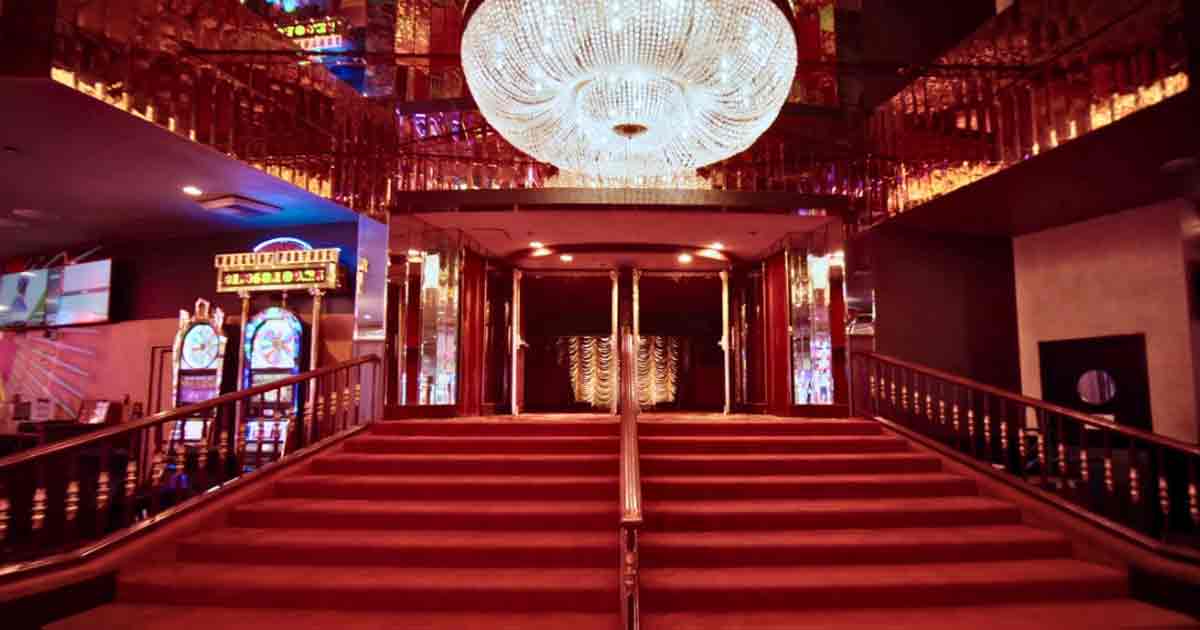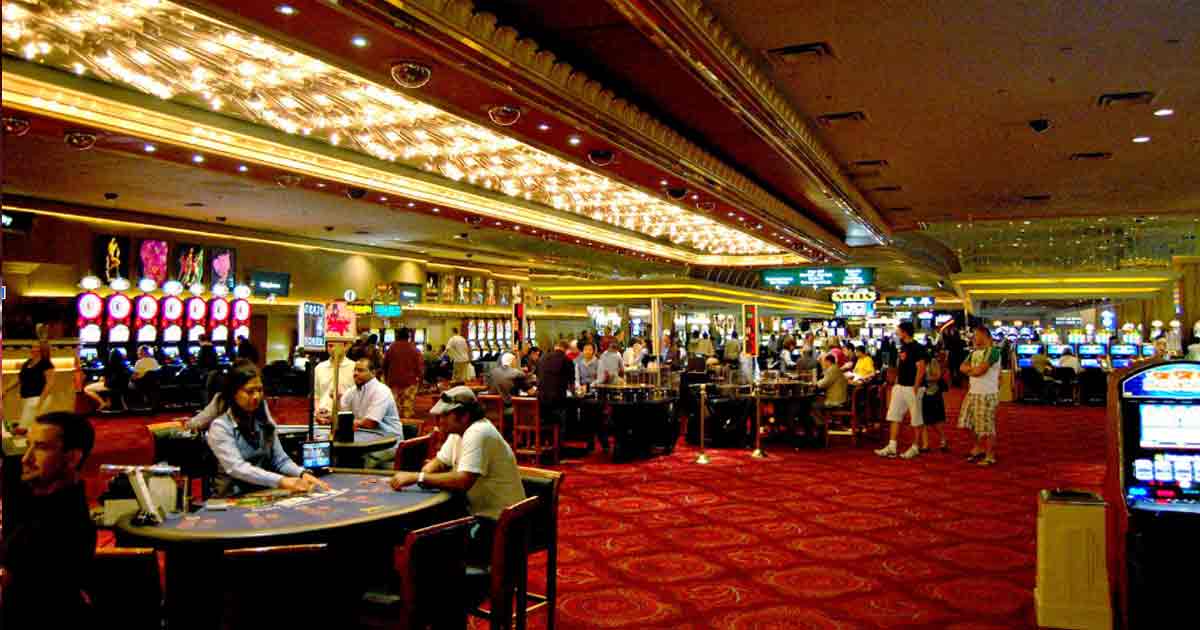Ever wonder what the big deal was with red carpeting and no clocks in casinos? None of this is even remotely by chance. Here, we take you through the variety of psychological strategies that casinos implement in order to get players to stick around longer and spend more.
Casinos are quite easily identifiable places. They have a lot of signature qualities that differentiate themselves from ordinary leisure destinations. It’s no secret what their main motivation is too – raking in that cash from all the gun-go and high-rolling players. They all tend to share a large number of things in common in terms of their interior design. This includes a couple of the most iconic details – the red carpets stretching across the floor and the complete absence of clocks and windows.
All of this leads to the players spending more and sticking around longer. Today, we’re going to break down how these elements tap into basic human instincts and psychological patterns, turning an ordinary night out into an hours-long gambling session.
What guides casino design
Casinos are not businesses to just let the chips land where they may, unlike their players – they maximize their profits in all sorts of carefully fine-tuned ways that influence how people behave. First of all, they go above and beyond to ramp up the entertainment factor through the roof and give people no reason to have to leave. Everything they need is right there:
- Flashy lighting
- Stimulating, loud slot music
- Strategic furniture arrangement
- Free alcohol
- Comps for certain players
- Restaurants in the venue
- Casinos located at the bottom floor of hotels
Environmental psychology guides modern casino design, revolving around the ways physical spaces affect human behavior. The goal is simple: maximize the amount of time and money players spend inside. To accomplish that, casinos use a variety of psychological tactics to create an atmosphere where players feel relaxed, stimulated, and subtly encouraged to stay. This level of dazzling entertainment is replicated in a variety of strategic ways in online casinos like Odds96 as well.
Two influential figures have shaped how casinos approach design: Bill Friedman and Roger Thomas. Friedman, an early pioneer, championed a “maze-like” design filled with games at every turn to keep players engaged and disoriented. Thomas, on the other hand, revolutionized the industry by designing more open, luxurious, and modern spaces that made guests feel like high-end resort visitors rather than trapped gamblers. Despite their different approaches, both understood the fundamental principle: a well-designed space makes people forget the outside world—and their own limits.
Rolling out the red carpets everywhere visitors go
Red carpets have a particularly long history. Ancients associated it with blood and merchandise. Since then, it came to be known for fame, opulence, and fashion. There was an ancient Greek play when a king returned home after winning the Trojan war whose wife gave him a path to walk on as he approached her. This red carpet was meant for Gods though, and he was soon killed by his wife while taking a bath
During the Renaissance, it became representative of wealth in Europe, as it has long been in China as well. In fact, in China, red is even more popular in casinos, as it is deemed a lucky color too. The dye required to make the carpet was costly and thus was a way for people to flaunt their wealth. It’s most famous today for its use in Hollywood where the most exalted celebrities appear to attend the Oscar award ceremonies.
In the casino context
Red also stands for many invigorating things:
- power
- passion
- excitement
- energy
- urgency
- risk-taking
In psychological studies, red has been shown to increase heart rate and stimulate arousal, which can translate into greater willingness to take risks—exactly what gambling requires. Casinos use red carpets to subtly trigger this reaction as soon as players walk in, helping set the emotional tone for the entire experience.
The red carpet is designed to achieve even shrewder ends than that though. It actually serves as a guide, directing people to the gaming floor. Often the richest, most vibrant red carpeting leads right to high-traffic areas or the highest-stakes tables, a subtle nudge to get players to put it all on the line. It creates the illusion of importance and exclusivity, making players feel like they’re high-society people like celebrities.
On a more basic level though, the carpet’s warmth and softness underfoot create a sense of comfort and familiarity. It subtly encourages guests to linger, rest their feet, and stay just a little longer. Combined with the psychological effect of the color, the red carpet becomes more than decoration—it’s a silent invitation to stay, play, and lose track of time.
Where Time Stands Still
Not only are the lavish carpets, velvety tables, and flashy lights immediately eye-popping, but just as striking are the things that aren’t there – in particular, clocks. You don’t find them on the walls or on slot machines or hanging above the exits. You don’t even see any windows or natural light from outside. This is all a part of an overarching time distortion strategy. This psychological manipulation trick has been used for a long time. By refraining from reminding people of what time it is, they stick around longer. They don’t get the “Oh! It’s 8 O’clock!” reaction.
An artificial reality
TIme awareness means limits, which is a danger to casinos. When people are aware of the hours going by, they’re more likely to take breaks, go home, or check their budgets. A clock also is a reminder of real-life responsibilities, like appointments, meals, work, or sleep. All of these are enemies of profit. This makes for an artificial reality where the outside world fades away. People become more susceptible to the psychological concept of a “flow state”, a state of total immersion in an activity.
Slot machines in particular are designed to facilitate this state, offering repetitive, fast-paced stimuli with consistent rewards. In the absence of time anchors, players can easily lose hours in a trance-like loop.
Shut-out outside world
The elimination of natural light makes people forget about their day-to-day lives. People usually thus leave casinos shocked by how much time has passed – that it’s already dark, or even worse – sunrise or morning.
This constant interior lighting serves two psychological functions. First, it sustains energy and alertness. Unlike softer, evening-style lighting which might relax the body and signal bedtime, casino lighting mimics midday sun, keeping players artificially energized. Second, it blocks the body’s natural circadian cues, contributing to a feeling of timelessness and detachment from biological rhythms.
Other design strategies
Another thing casinos are known for is a continuous ambient sound – a steady hum of music, clinking coins, and buzzing machines creates an unbroken sensory experience. There are rarely pauses, silences, or cues that indicate a transition from one hour to the next. There are no sharp transitions. Casinos have smooth, circular layouts with no clear beginning or end. This creates a feel of eternal presence, where time loops rather than progressive.
There are no scheduled events either of course, since this would remind people about time and structure. The only exception would be poker tournaments, which actually has rounds. Slot machines and crash games are very different – fast and constantly starting up anew. One landmark study by the University of Nevada found that players in windowless casinos gambled up to 50% longer than those in venues with natural light and visible clocks.
More time on the floor means more wagers, more opportunities for the house to win, and more revenue for the casino. This is especially effective against casual players—people who arrive intending to play for “just an hour.” Without a watch, a phone in hand, or any visual cue to keep them grounded, that hour can easily stretch into three or four.









